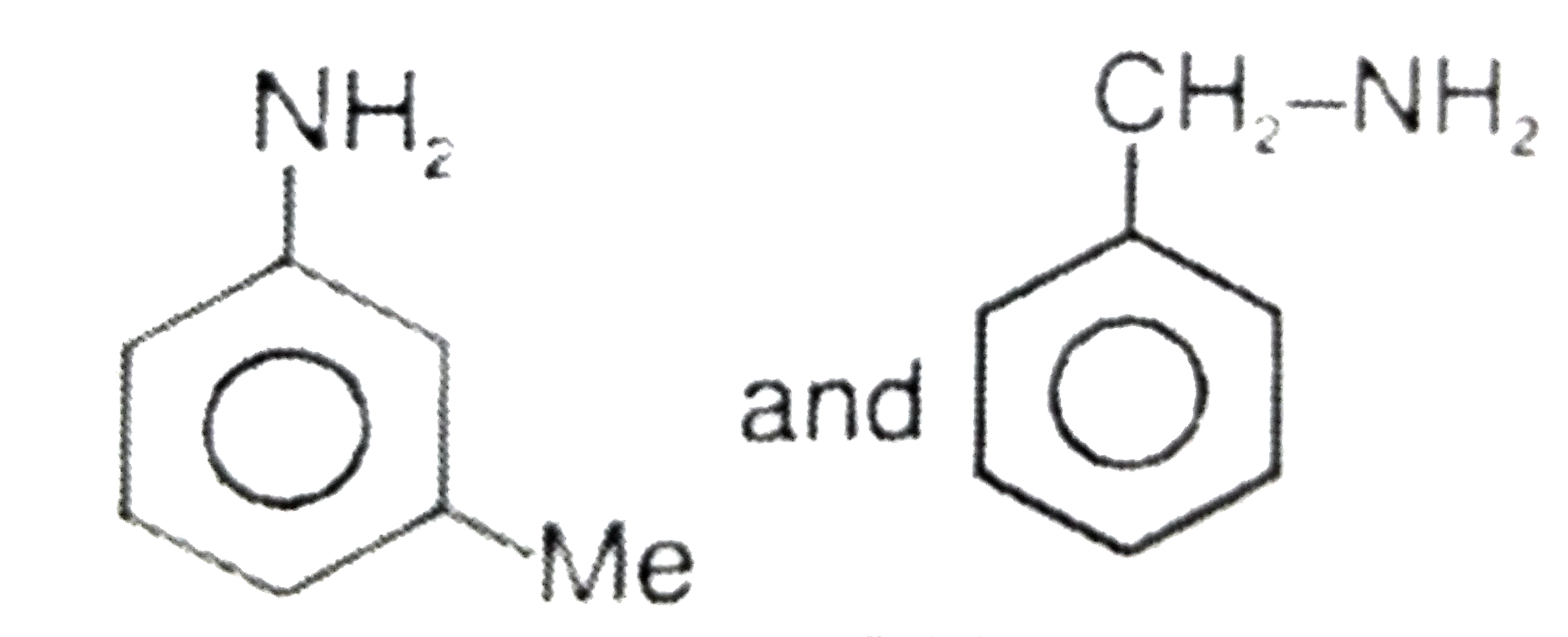The cobra can be distinguished by the presence of
Agile habit
Black colour
Hood
Hood and III largest supra labials
The correct Answer is:D
Step-by-Step Solution:
1. Understanding the Cobra's Distinct Features: The question asks how the cobra can be distinguished from other snakes. To answer this, we need to identify the unique characteristics of the cobra.
2. Analyzing the Options: The options provided include:
- Anguile habit (water-dwelling snakes)
- Black color (common in many snakes)
- Hood (present in venomous snakes)
- Hood and Three Large Supralabial scales
3. Identifying the Unique Features:
- The anguile habit is not specific to cobras, as it refers to snakes that live in water.
- The black color is also not unique, as many snakes can be black.
- The hood is a characteristic of many venomous snakes, but it is particularly pronounced in cobras.
- The hood and three large supralabial scales are distinctive features of the cobra. The supralabial scales are located at the opening of the mouth and are arranged in a specific way that is unique to cobras.
4. Conclusion: The cobra can be distinguished by the presence of the hood and three large supralabial scales. This combination is unique to cobras and helps in identifying them from other snakes.
Final Answer: The cobra can be distinguished by the presence of a hood and three large supralabial scales.
---
- Anguile habit (water-dwelling snakes)
- Black color (common in many snakes)
- Hood (present in venomous snakes)
- Hood and Three Large Supralabial scales
- The anguile habit is not specific to cobras, as it refers to snakes that live in water.
- The black color is also not unique, as many snakes can be black.
- The hood is a characteristic of many venomous snakes, but it is particularly pronounced in cobras.
- The hood and three large supralabial scales are distinctive features of the cobra. The supralabial scales are located at the opening of the mouth and are arranged in a specific way that is unique to cobras.
Similar Questions
Knowledge Check
- Question 1 - Select One
 can be distinguish by ACHCl3+KOHBNaNO2+HCl followed by β-NaptholCCS2+HgCl2DNa metal
can be distinguish by ACHCl3+KOHBNaNO2+HCl followed by β-NaptholCCS2+HgCl2DNa metal - Question 2 - Select One
Matrix of bone and cartilage can be distinguished by the presence of
ALacunaBChromatophoresCHaversian canalsDAdipose cells. - Question 3 - Select One
The matrix of bone and cartilage can be distinguished by the presence of
AHaversian canalBLacunaCChromatophoresDAdipose cells
 A+B formed can be distinguished by :View Solution
A+B formed can be distinguished by :View SolutionMale Ascaris can be distinguished by
View SolutionThe male and female cockroaches can be distinguished by their
View SolutionEther and alcohol can be distinguished by the reaction with _______.
View SolutionAn amide and an ester can be distinguished by the reagent
View Solution

